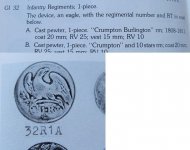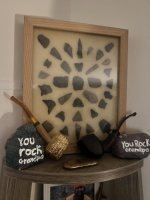SOLVED!!
US Infantry Button 1807 - 1811
William Crumpton, Burlington, NJ.
I found this one-piece pewter button at a site on the St Lawrence River near Watertown, NY. It was in rough condition when I found it so I sent it for a 12-hour tumble in my 'polisher' to clean it up! What I can now see is an eagle sitting on top of a cannon facing to the right. Underneath the cannon, I can make out the last 3 letters 'ERY', which I assume stands for Artillery.
There are some letters on the back, but I'm unable to make out what they say. Any help on the age, origin and value if any would be appreciated!
Thanks,
Dave
PS. I have also posted this in the 'Button ID' forum.
US Infantry Button 1807 - 1811
William Crumpton, Burlington, NJ.
I found this one-piece pewter button at a site on the St Lawrence River near Watertown, NY. It was in rough condition when I found it so I sent it for a 12-hour tumble in my 'polisher' to clean it up! What I can now see is an eagle sitting on top of a cannon facing to the right. Underneath the cannon, I can make out the last 3 letters 'ERY', which I assume stands for Artillery.
There are some letters on the back, but I'm unable to make out what they say. Any help on the age, origin and value if any would be appreciated!
Thanks,
Dave
PS. I have also posted this in the 'Button ID' forum.
Attachments
Last edited:



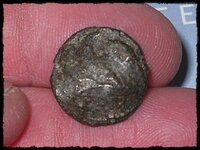
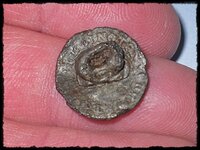
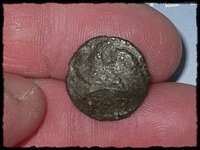




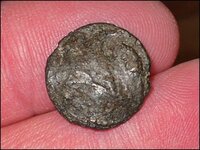
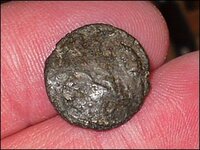
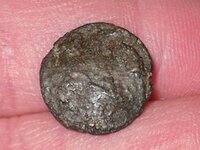
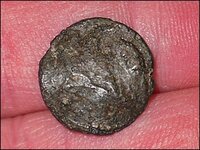
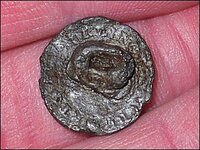
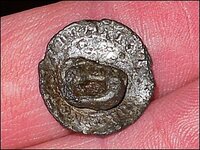
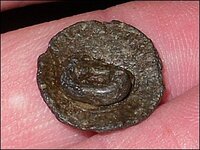
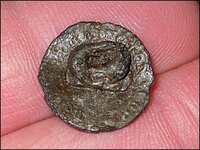
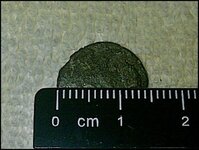
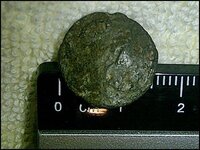
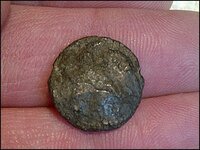
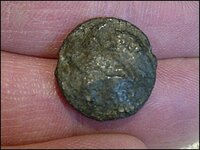
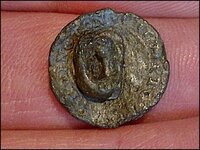

 This button though, was in fact described as being found near Watertown New York, per the original post. The finder also describes the button as being pewter material, and from every detail that is evident in the photos, accounting for dull grayish color, edge flaking, waviness on the surface, small cracks, crumble-like degradation on a portion of the shank, overly thick shank that is not consistent with uniform brass wire material, and other features, I will concur 100% with this being a pewter button of the early 19th Century.
This button though, was in fact described as being found near Watertown New York, per the original post. The finder also describes the button as being pewter material, and from every detail that is evident in the photos, accounting for dull grayish color, edge flaking, waviness on the surface, small cracks, crumble-like degradation on a portion of the shank, overly thick shank that is not consistent with uniform brass wire material, and other features, I will concur 100% with this being a pewter button of the early 19th Century.
